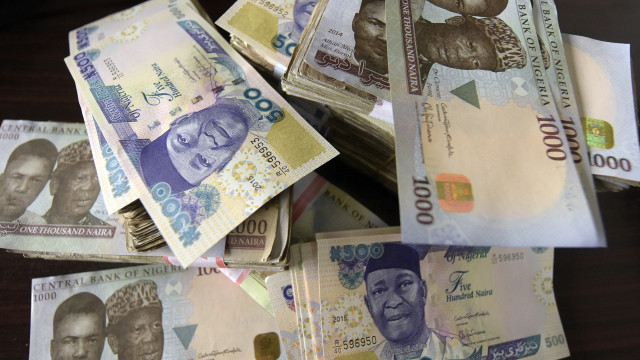As of the end of March, the currency in circulation in Nigeria has increased to N3.87tn.
The latest money and credit statistics from the Central Bank of Nigeria's website show that this amount is higher than the N3.69tn in February and N3.65tn in January.
The currency outside banks has also seen a progressive increase in the first quarter, rising from N3.28tn in January to N3.41tn and N3.63tn in February and March, respectively.
The data indicates that over 90 percent of the currency in circulation is held outside of the banking system, suggesting that Nigerians are holding more cash.
During the March meeting, a member of the Monetary Policy Committee of the CBN, Muhammad Abdullahi, stated that the apex bank had identified high currency outside banks as one of the driving factors of the country’s inflation.
He also mentioned that based on available data, the prices of domestic food items continue to be the main driver of headline inflation due to supply shortages and high logistics and distribution costs.
“While this cannot be directly influenced using monetary policy tools, the bank’s response to the drivers of headline inflation is targeted at addressing identified monetary drivers such as money supply growth exchange rate depreciation and Currency-Outside-Banks, the combined impact of which will dampen inflationary pressure significantly.”
In January 2024, at the height of the currency redesign policy, currency in circulation stood at N1.386tn with the percentage of the cash outside the banks standing at 57 per cent at N792.184bn.
By February, the cash outside banks rose to N843.311bn, representing 85.9 percent of the N982.097bn that was in circulation.
It dropped further in March to 85.8 percent, with N1.445tn of the N1.683tn CIC outside the banking system.




















